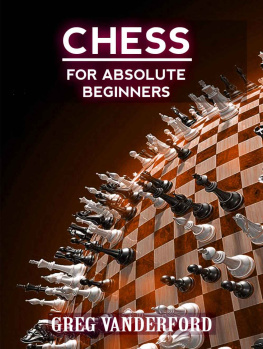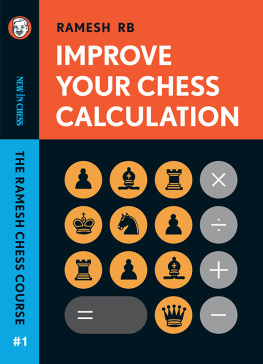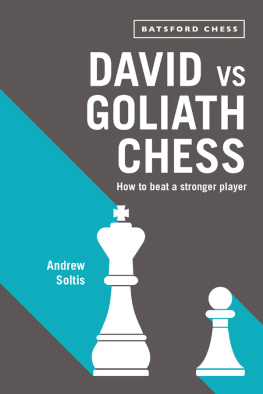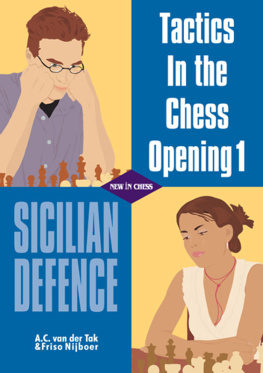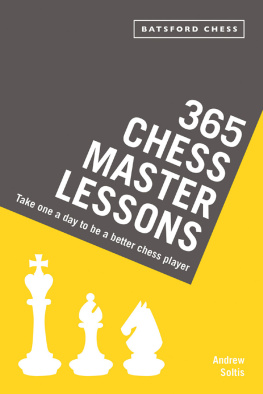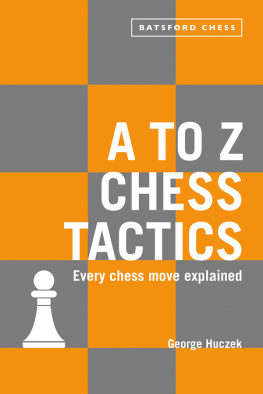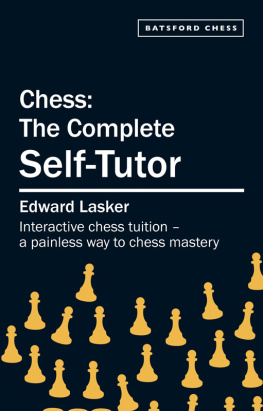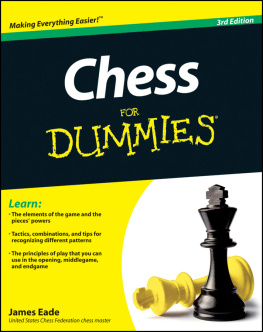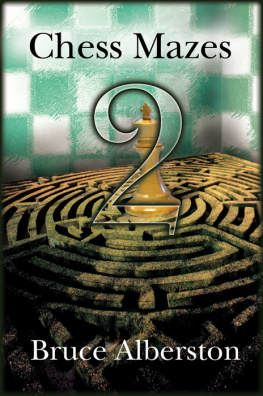Thank you for buying my eBook! I hope you enjoy it and please take advantage of this special offer for my online chess openings course:
https://www.udemy.com/learn-to-play-chess-openings-like-a-master/?couponCode=CHESSGREAT
Table of Contents
Introduction
Chess is a wonderfully complex and challenging game that has been around since the 6 th century CE. It is also a sport that can be enjoyed by people of all ages and backgrounds, especially in this digital age in which we are living when you can easily log in to a computer and instantly begin a game with someone halfway across the globe.
As you improve at chess and learn some basic tactics, strategy and openings, which we covered in volume I of this series it may feel like you have already digested quite a lot of information and you will begin to win more games at your level of competition. In this volume we will cover more advanced concepts that will bring your game to the next level including advanced defensive technique, endgames, more in depth openings, advanced tactics and much more.
This very system has been used to train thousands of players from a beginner to an advanced level over the course of my chess teaching career. Now you have the opportunity to go through a process that has been proven to produce strong chess players in a very short period of time and with more ease than any chess training system that exists.
By the end of the book, if you have worked through the entire volume, you will be ready take on stronger chess competition by playing in formal matches and tournaments, and should have an increased chess rating of at least 100 points.
I am excited for you to continue your training and take the next step on the amazing journey that we can all enjoy, as fellow chess players and students!
Lesson 1: DOUBLE ATTACK/FORK
As you have learned in the previous volume, a fork or double attack is one of the important tools to gain advantage in a chess game. In this lesson, we will see examples where the solutions are a bit more difficult than just forking in one move.
We will start with two basic positions which show what a fork and a double attack is.
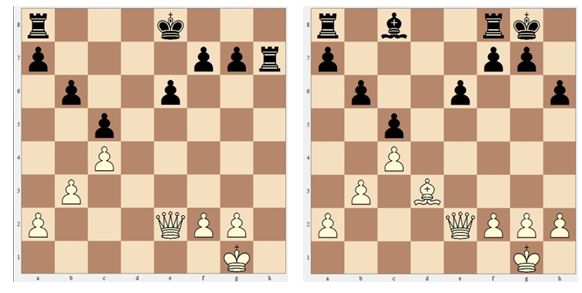
In the first example, White by playing 1. Qe4 attacks (forks) both Black Rooks and one of them will be lost.
In the second example, after the same 1. Qe4 move, White creates a double attack. One of the attacks is toward the Rook on a8 and the other threat is checkmate with 2. Qh7 . Black naturally will have to defend against the checkmate threat, and therefore the Rook will be lost.
Here is a famous short game that nicely shows the concept of fork.
1.d4 Nf6 2.Nf3 c5 3.Bf4 cxd4 4.Nd4
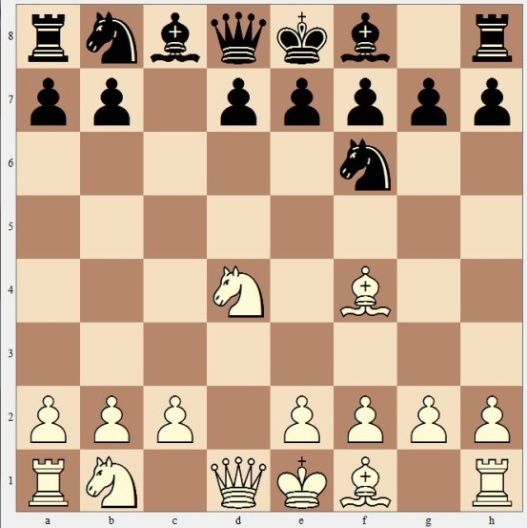
Whites last move is a mistake as it allows the following little combination.
Black now sacrifices a Pawn with 4e5! This seems like a fork. But why cant the White Bishop simply capture the Pawn with 5.Bxe5 ?
Here is why. Black has a second fork with 5Qa5+ . This will allow Black to win the White Bishop.
Lets see a few examples where there has to be some setup done before the actual forking move.
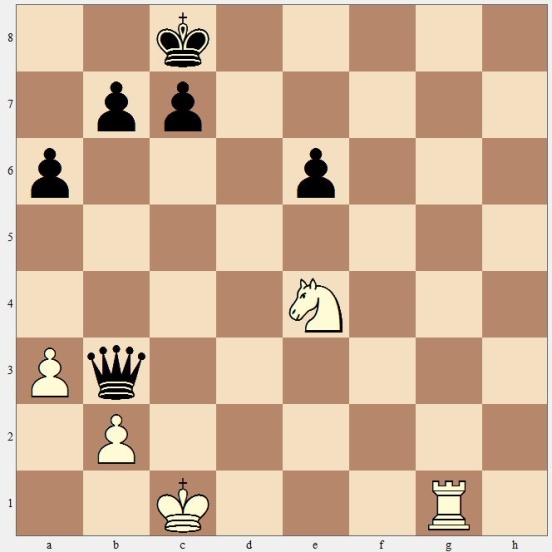
In the position above, White needs to first force the Black King to d7 with 1.Rg8+ . Then after 1Kd7 , White will play 2.Nc5+ forking and winning the Black Queen.
In the next position, White again needs some creativity to imagine a potential of a fork.
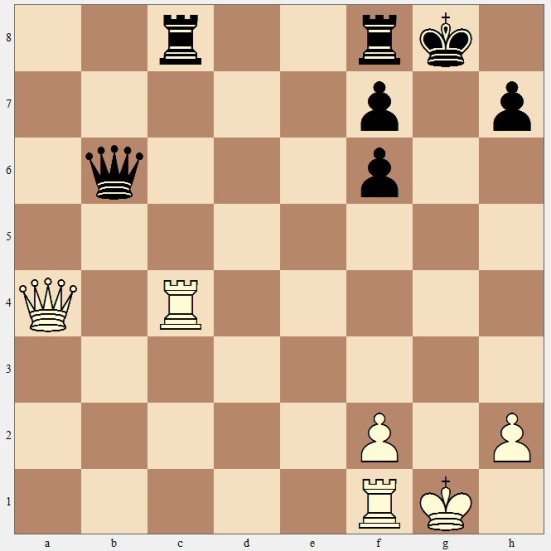
In this position, the dream would be for your Queen to jump over the Rook on c4 and land on g4. Of course, that is not allowed by the rules. However, White can still achieve that idea by first trading Rooks with 1.Rxc8 Rxc8 and then 2.Qg4+ winning the Black Rook on c8.
Yet in other cases, reaching the ultimate goal (to fork) requires material sacrifice as in the following two puzzles.
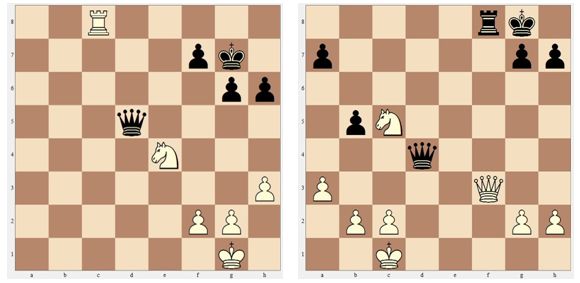
The solution in first one is 1. Rg8+ Kxg8 2.Nf6+ forking the King and Queen. If Black does not capture the Rook but instead play Kh7 , White would still play 2. Nf6 but this time it is a checkmate. In the second puzzle, the solution is 1.Qxf8+ Kxf8 2.Ne6+ forking the King and Queen.
Lesson 1 Test
1-6. Find the solution to the next six puzzles. It is White to move and the idea is to win material.
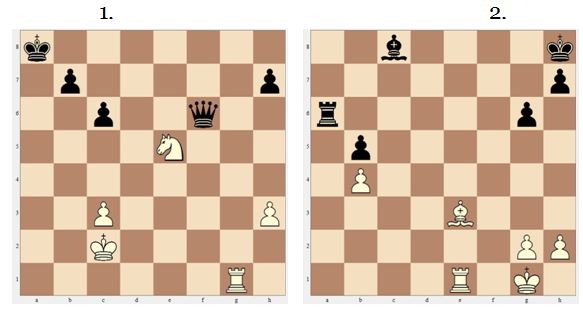
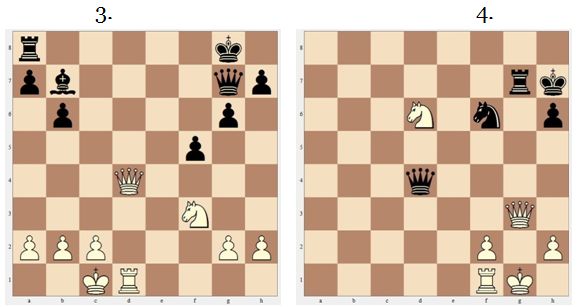
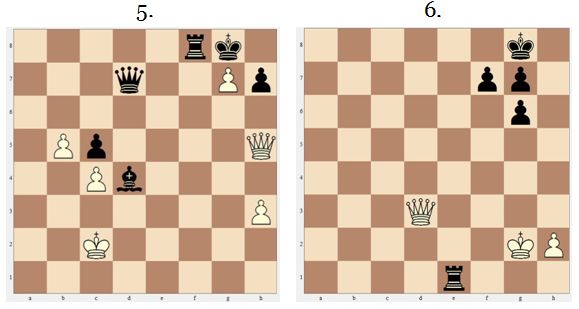
Lesson 2: PIN
Another powerful tool in tactics is the pin. Lets learn about some tricks on how to surprise your opponent with one.
Here are two examples of pins that look harmless at first appearance.
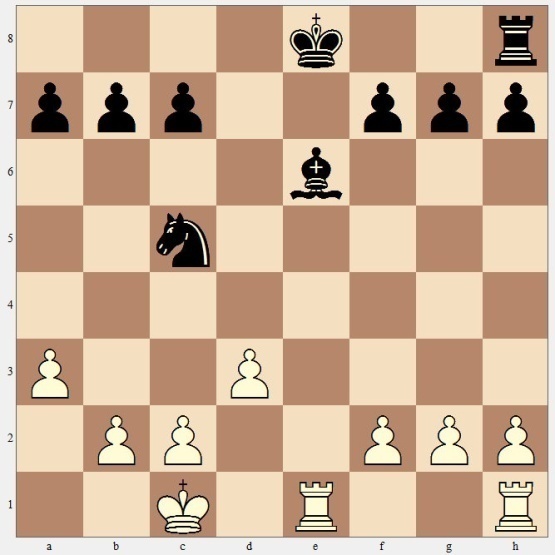
However, White can take advantage of the fact that the Black Bishop on e6 is pinned. The first step is to attack the Knight on c5 with 1.d4 . After the Knight moves away for example 1Nd7 , White will proceed with 2.d5 and the Bishop is lost because it is pinned.

In the above position, White has a little combination with 1.Rxd6 . After 1Rxd6, White has 2.c5. Since the Rook is pinned, White will win a Bishop in this sequence after capturing Rook on d6 next move.
Here is a short game which is famous trap, one that many players have fallen for.
1.e4 c6 2.d4 d5 3.Nc3 dxe4 4.Nxe4 Nd7 5.Qe2
Whites last move is not so great (because the Queen steps right in front of the Bishop on f1), but it is a tricky one.
5Ngf6 This move is a blunder. Better would have been 5e6 for example.
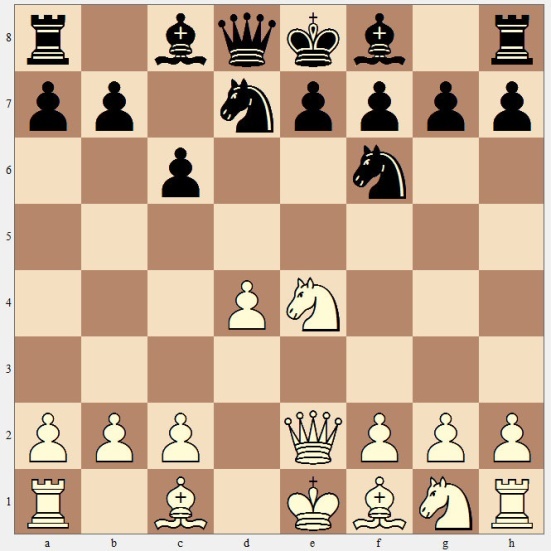
Now White has 6.Nd6 checkmate.
In the next example, Black first needs to force the White King into the pin setup.
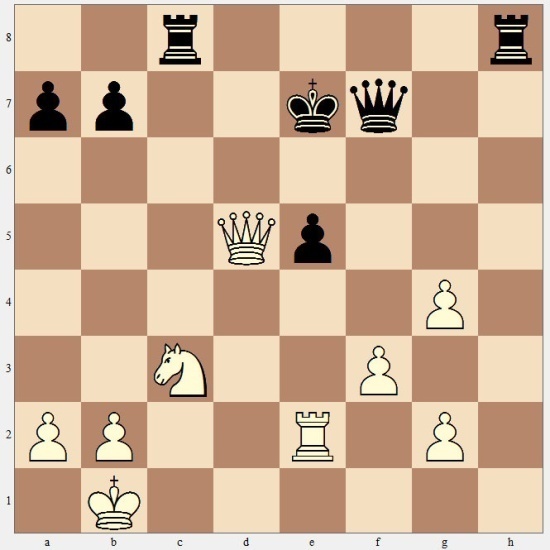
Here there is no pin at the moment. But Black can create one with 1Rh1+ . Then after 2.Kc2 , all of a sudden the Knight on c3 finds itself in a pin and therefore 2Qxd5 wins a free Queen.
The next example shows a combination where the pin helps even to checkmate.
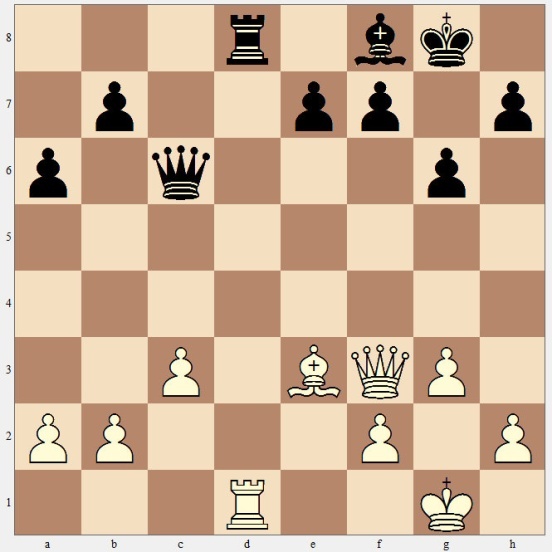
Next page



